Understanding Pest Control: Types and Importance
What is Pest Control?
Pest control refers to the regulation or management of a specific species defined as a pest, particularly to prevent them from causing harm to humans, property, or the environment. It encompasses a variety of methods and practices employed to eliminate, deter, or control unwanted pests, often prioritizing safety and sustainability. Understanding pest control is crucial not only for maintaining a healthy home but also for ensuring the ecological balance of our environment. This article will delve into the multifaceted aspects of pest control, examining its types, significance, and effective methods.
Common Types of Pests
Pests can be broadly categorized based on their nature and habits. The major types of pests include:
- Insects: This group includes ants, roaches, termites, mosquitoes, and bed bugs. Insects are among the most common household pests, often causing health hazards or property damage.
- Rodents: Mice and rats are notorious for invading homes and can pose significant health risks due to their ability to carry diseases.
- Wildlife: This category includes raccoons, squirrels, and birds that may invade homes in search of food, creating potential conflicts and damage.
- Weeds: While not a traditional pest, invasive plant species can disrupt local ecosystems and agricultural production.
Why Pest Control Matters
Effective pest control is vital for several reasons:
- Health Risks: Many pests are carriers of diseases that can affect humans and pets. For instance, mosquitoes can transmit diseases like West Nile virus and Zika, while rodents can spread hantavirus.
- Property Damage: Pests like termites and carpenter ants can cause significant structural damage to homes, leading to costly repairs.
- Food Security: Pests can contaminate or destroy crops, impacting food supply and profitability for farmers.
- Emotional Well-being: The presence of pests can create anxiety and discomfort for homeowners, impacting their overall quality of life.
Identifying Pest Infestations in Your Home
Signs of Pest Infestation
Early detection is key to effective pest control. Here are several indicators of a potential pest problem:
- Physical Sightings: Observing pests themselves or their droppings can be a clear sign of an infestation.
- Gnaw Marks: Rodents often leave teeth marks on food packaging or structural elements as they chew through entry points.
- Structures or Materials Damaged: Holes in wood or walls may indicate termite damage, while nests or burrows can signal rodent infestations.
- Strange Noises: Sounds like scratching or scurrying, especially at night, may suggest the presence of critters navigating your walls or attic.
When to Seek Professional Help
While some infestations may be manageable through DIY methods, seeking professional help is recommended in the following scenarios:
- Persistent infestations that do not respond to home treatment.
- Presence of venomous pests, such as certain spiders or wasps.
- Situations where the pest problem can cause significant structural or health issues.
- Lack of time or expertise to safely handle pest control measures.
DIY vs. Professional Pest Control
Both DIY and professional pest control methods have their merits and can be effective depending on the situation:
DIY Pest Control
DIY pest control can be a cost-effective option for minor infestations. Common methods include:
- Natural repellents like essential oils.
- Traps and baits available at local stores.
- Regular maintenance and cleanliness to deter pests.
Professional Pest Control
On the other hand, professional pest control companies offer specialized knowledge and equipment to tackle serious infestations efficiently and safely. They can conduct:
- In-depth inspections to identify pest hotspots.
- Targeted treatments and eco-friendly solutions.
- Preventative strategies to protect against future infestations.
Effective Pest Control Methods
Preventative Measures for Homeowners
Prevention is the first line of defense against pests. Homeowners can take several proactive steps, including:
- Sealing cracks and crevices to eliminate entry points.
- Practicing good sanitation habits, such as keeping food stored and cleaning up spills promptly.
- Regularly disposing of garbage in tightly sealed containers.
- Maintaining landscaping and removing standing water to limit pest nesting areas.
Integrative Pest Management Techniques
Integrative Pest Management (IPM) is a holistic approach that combines various pest control strategies for a sustainable solution. IPM emphasizes:
- Regular monitoring and identification of pests.
- Using a combination of biological, cultural, physical, and chemical methods for control.
- Encouraging natural predators and maintaining ecological balance.
Safe and Eco-Friendly Pest Control Solutions
With increasing awareness around environmental issues, many homeowners are opting for eco-friendly pest control methods. These can include:
- Using organic pest control products derived from natural sources.
- Employing biological controls like beneficial insects that prey on pests.
- Implementing physical barriers instead of chemicals, such as traps and nets.
Cost and Value of Pest Control Services
Understanding Pest Control Pricing
The cost of pest control services can vary widely based on several factors:
- Type of pest: Some pests, such as termites or bed bugs, may require more intensive treatments, leading to higher costs.
- Infestation severity: More entrenched infestations may necessitate extensive treatments that increase overall service costs.
- Location: Geographic variations can influence pricing based on regional pest issues and service availability.
Long-Term Cost Savings with Professional Help
Investing in professional pest control services can yield long-term savings by:
- Preventing structural damage that necessitates costly repairs.
- Reducing health risks associated with pest-borne diseases, thus lowering potential medical expenses.
- Maintaining the integrity and value of the property, which can save costs during real estate transactions.
Choosing the Right Pest Control Service
Selecting the appropriate pest control service requires careful consideration. Homeowners should look for:
- Licensed and insured companies with a good reputation in the community.
- Clear pricing structures that reflect transparency without hidden fees.
- Companies that offer comprehensive service packages that include follow-ups or preventative measures.
Future Trends in Pest Control Technologies
The Role of Technology in Pest Management
Advancements in technology are reshaping pest control practices. Emerging technologies include:
- Smart sensors that detect pest movements, enabling real-time responses.
- Drones for surveying large areas to identify pest problems.
- Automated traps that remove pests without the need for human interaction.
Predictive Analytics for Pest Control
Predictive analytics harness data to forecast pest issues before they escalate, allowing homeowners and pest control professionals to:
- Identify high-risk periods for infestations based on historical data.
- Make informed decisions about prevention and intervention strategies.
Innovative Tools for Homeowners
New tools are becoming available for homeowners looking to address pest issues. These tools include:
- Mobile apps that provide pest identification, prevention tips, and treatment recommendations.
- Products that utilize pheromones to trap or repel certain pests.
- Online platforms for connecting homeowners with pest control experts for consultations.
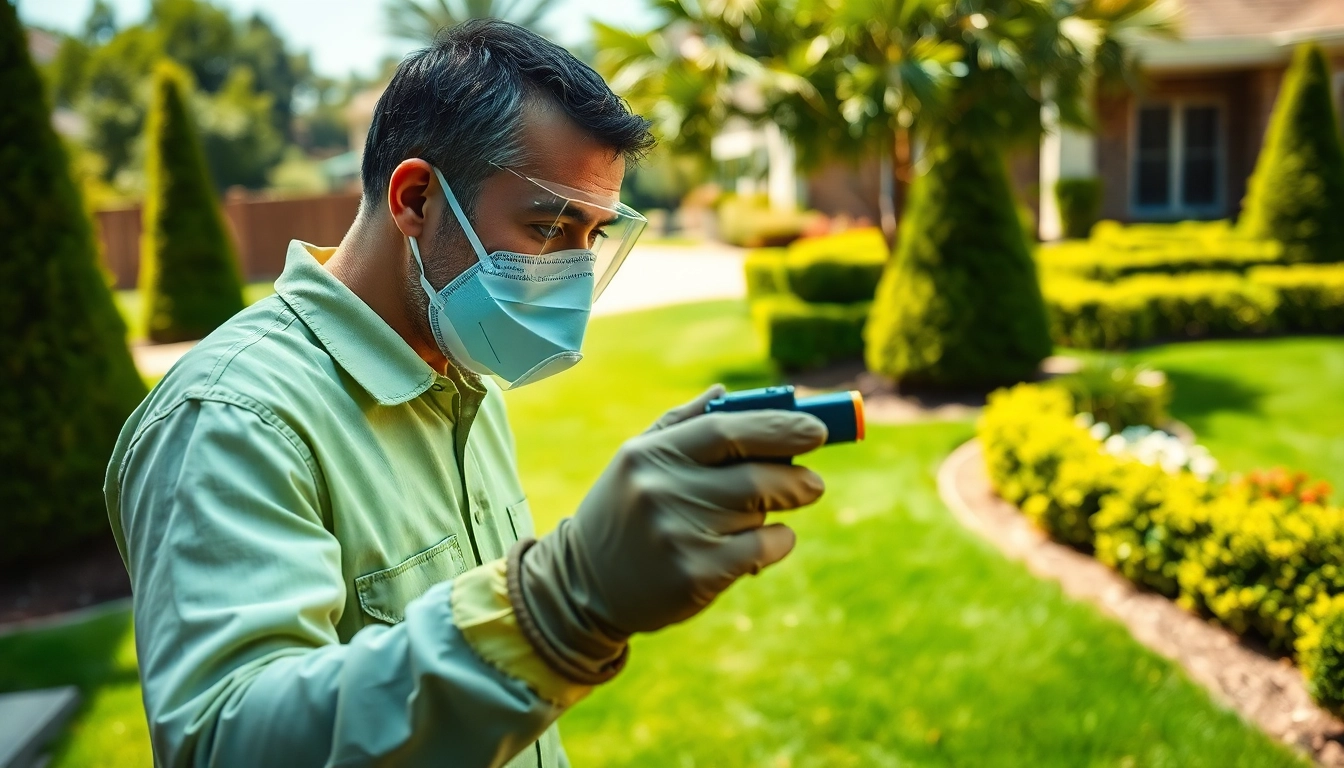





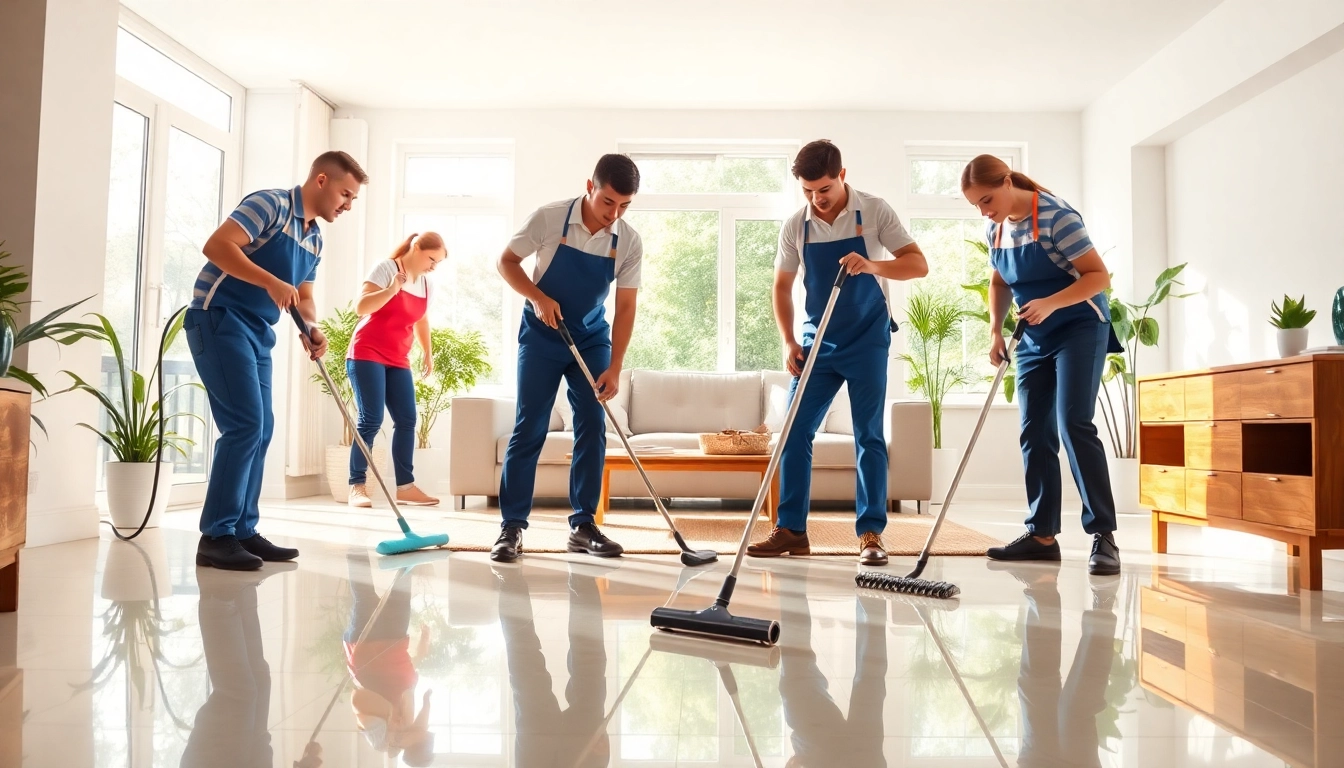

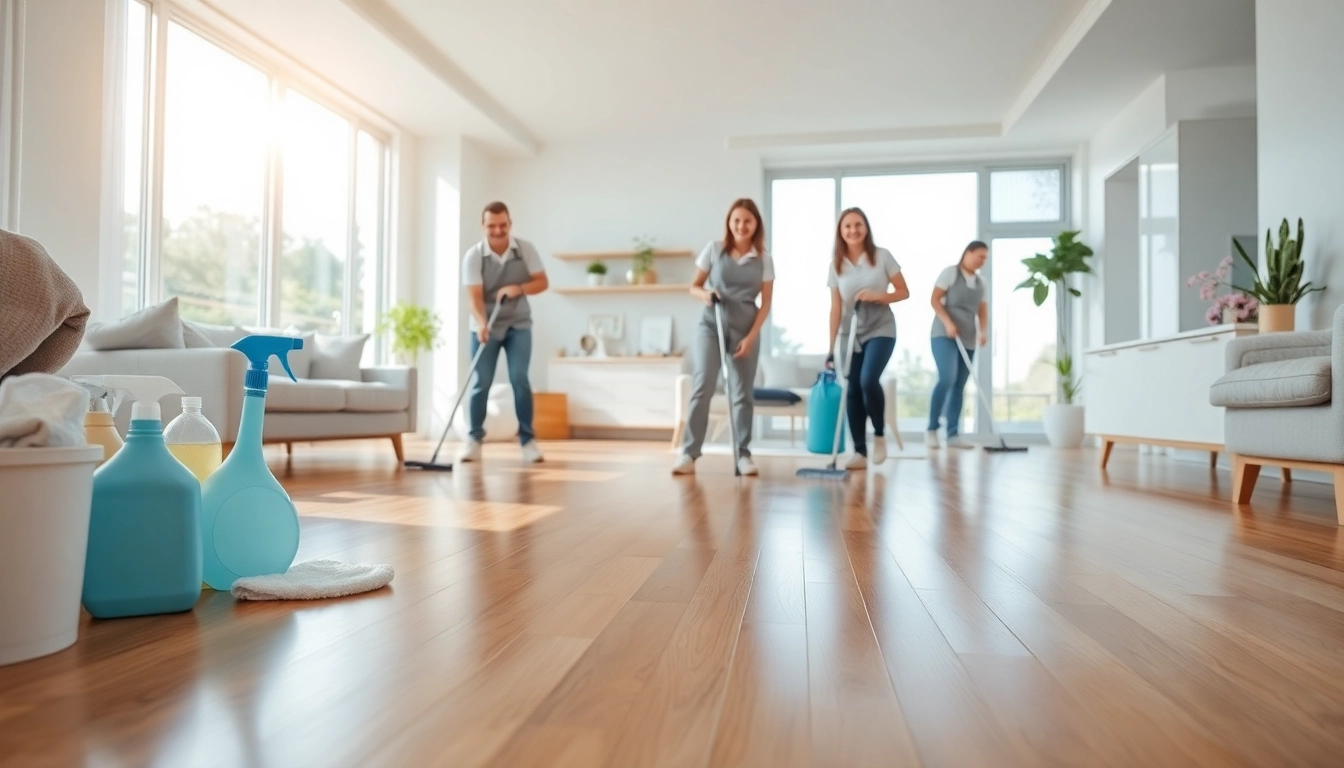
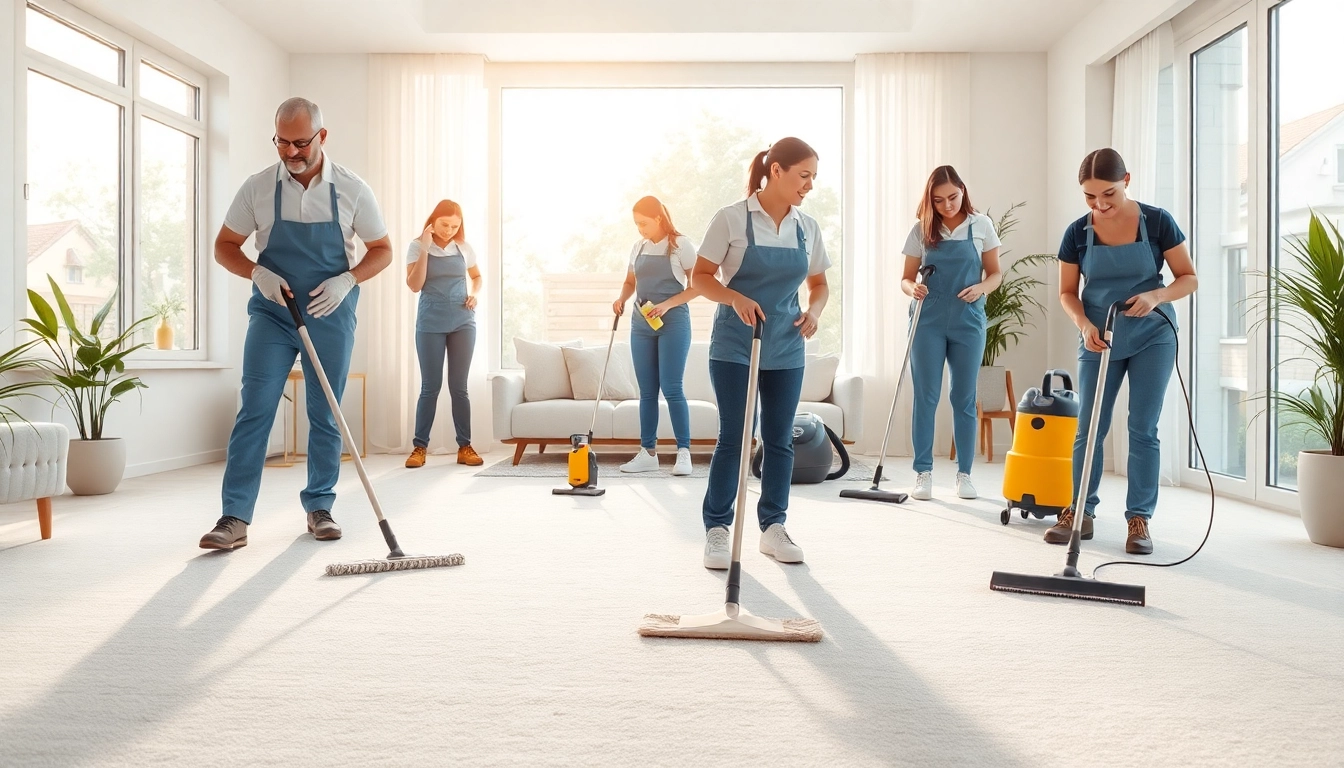

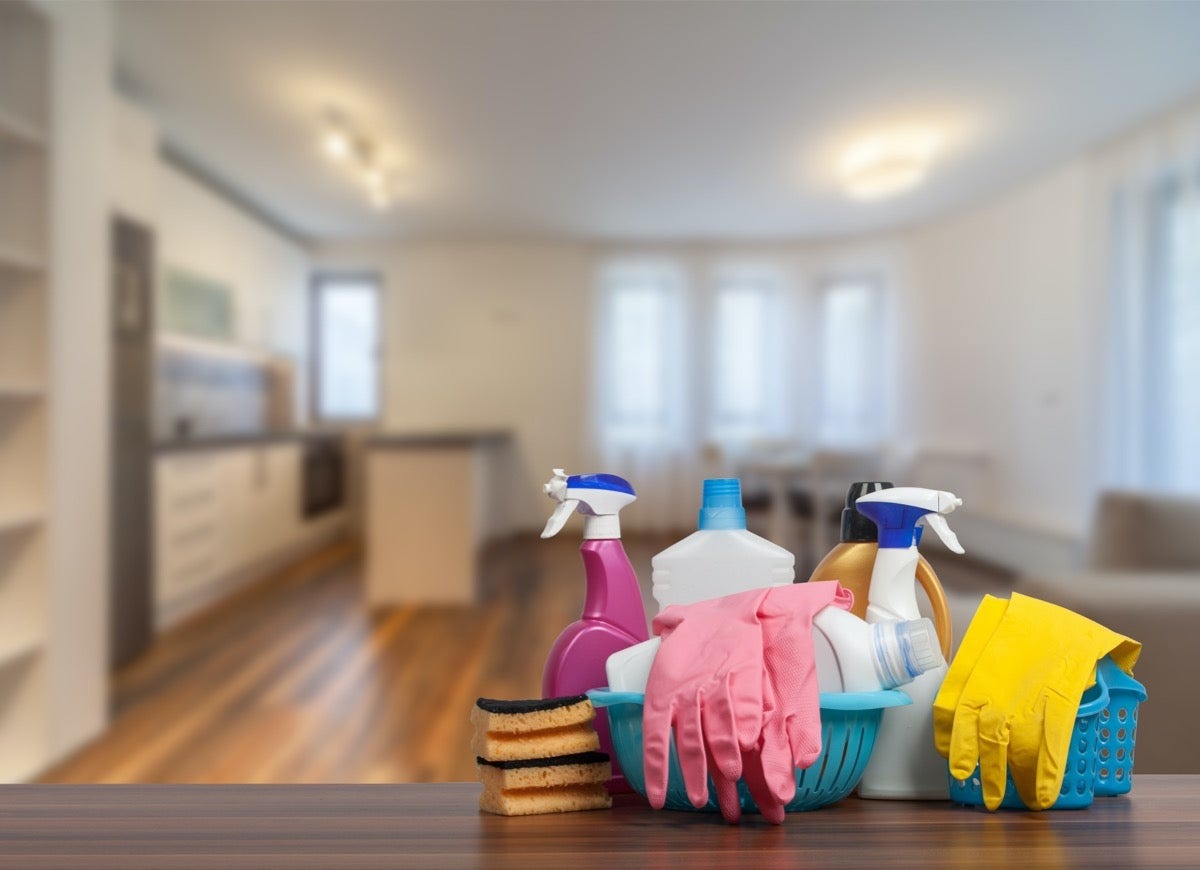



Leave a Reply